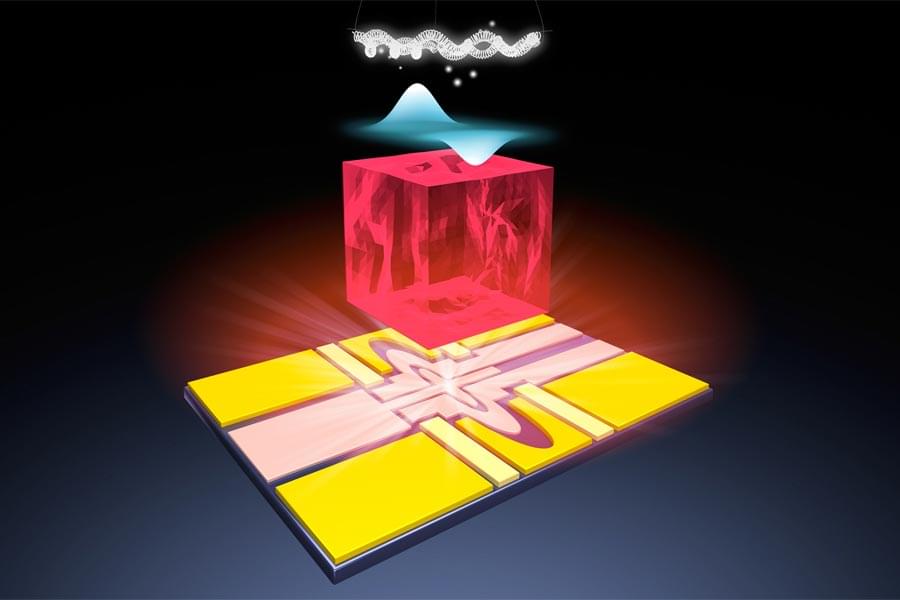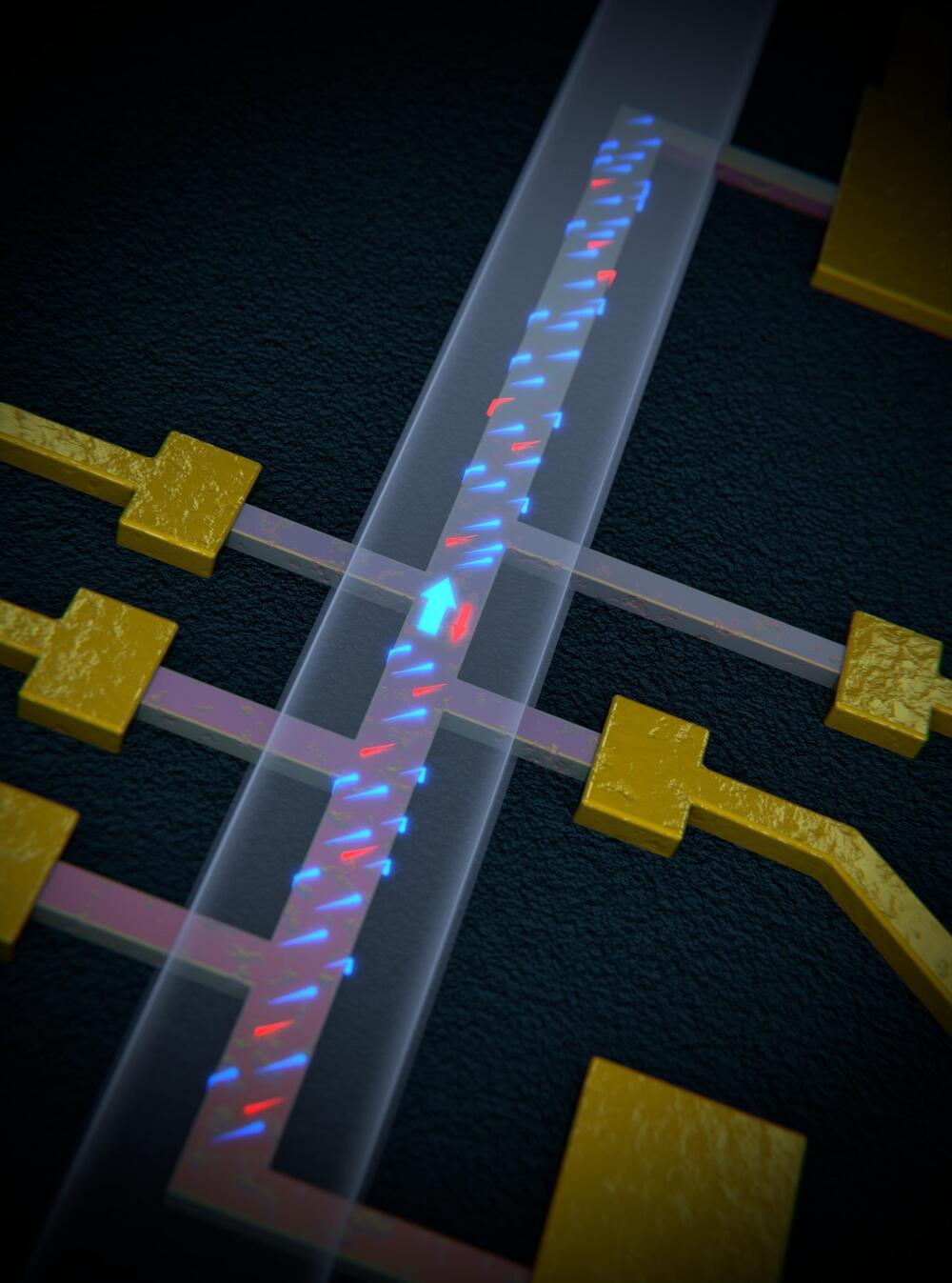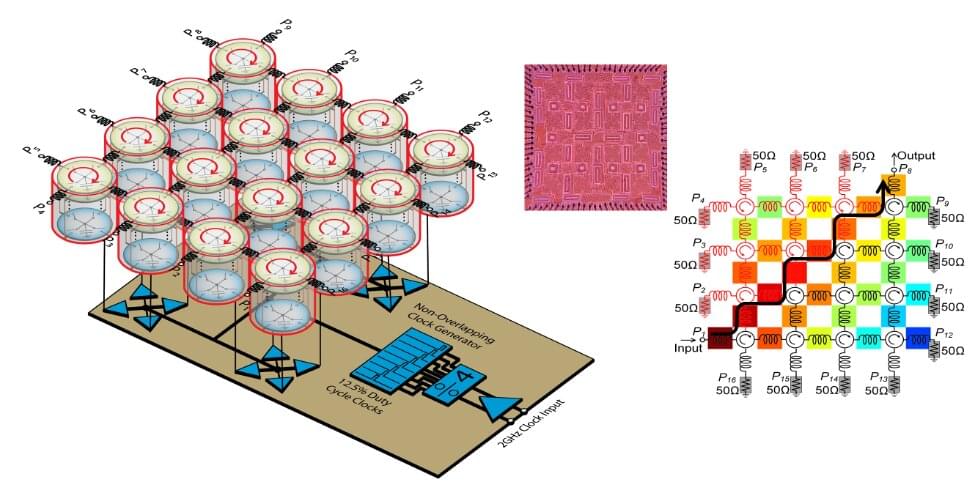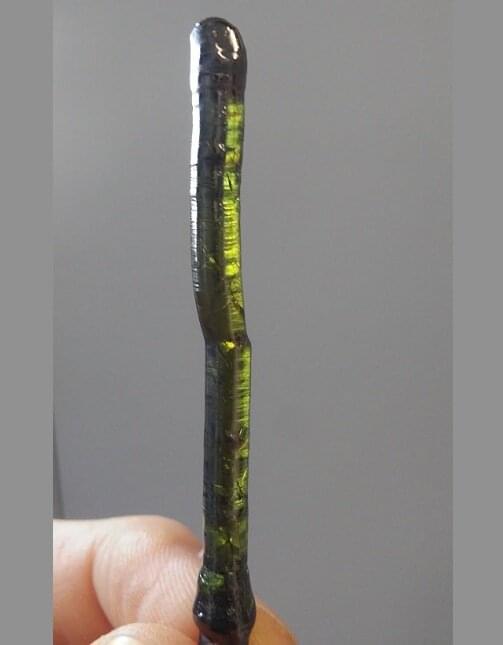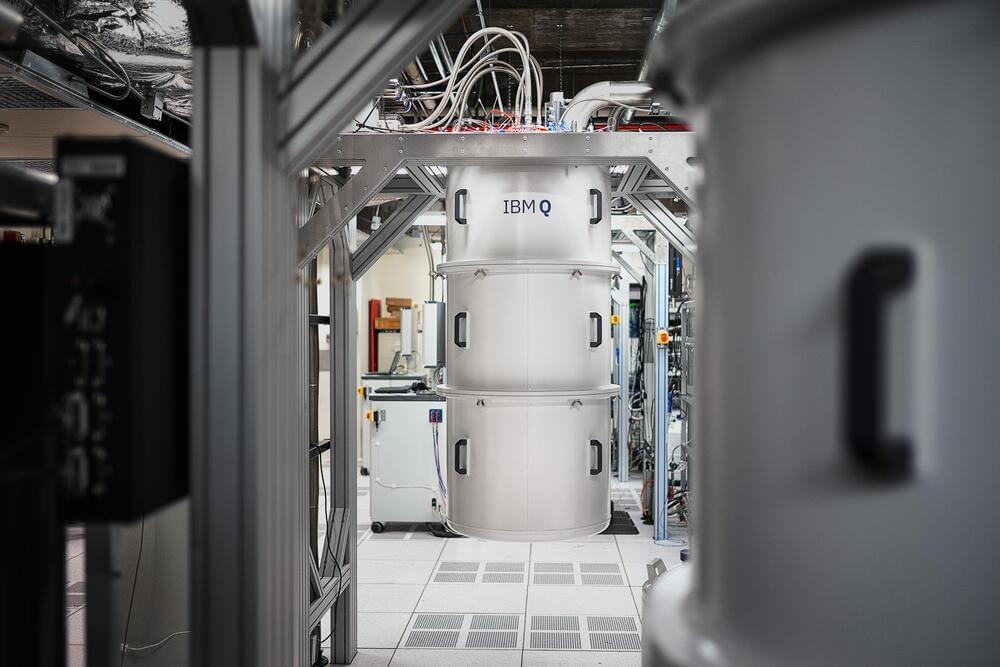May 13, 2022
Tailored single photons: Optical control of photons as the key to new technologies
Posted by Dan Breeden in categories: nanotechnology, particle physics, quantum physics
Physicists from Paderborn University have developed a novel concept for generating individual photons—tiny particles of light that make up electromagnetic radiation—with tailored properties, the controlled manipulation of which is of fundamental importance for photonic quantum technologies. The findings have now been published in the journal Nature Communications.
Professor Artur Zrenner, head of the “nanostructure optoelectronics” research group, explains how tailored desired states have so far posed a challenge: “Corresponding sources are usually based on light emissions from individual semiconductor quantum emitters, which generate the photons. Here, the properties of the emitted photons are defined by the fixed properties of the quantum emitter, and can therefore not be controlled with full flexibility.”
To get around the problem, the scientists have developed an all-optical, non-linear method to tailor and control single photon emissions. Based on this concept, they demonstrate laser-guided energy tuning and polarization control of photons (i.e., the light frequency and direction of oscillation of electromagnetic waves).


